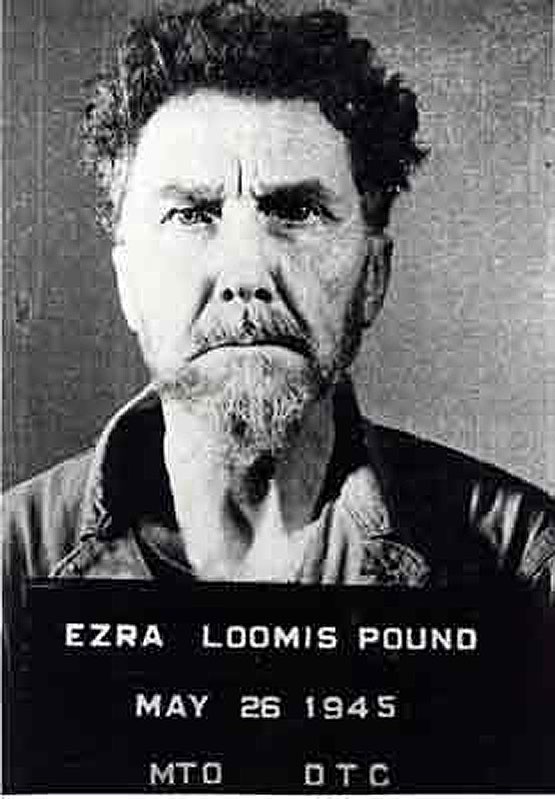“An Experiment in Misery”
by
Stephen Crane
It was late at night, and a fine rain was swirling softly down, causing the pavements to glisten with hue of steel and blue and yellow in the rays of the innumerable lights. A youth was trudging slowly, without enthusiasm, with his hands buried deep in his trouser’s pockets, towards the down-town places where beds can be hired for coppers. He was clothed in an aged and tattered suit, and his derby was a marvel of dust-covered crown and torn rim. He was going forth to eat as the wanderer may eat, and sleep as the homeless sleep. By the time he had reached City Hall Park he was so completely plastered with yells of “bum” and “hobo,” and with various unholy epithets that small boys had applied to him at intervals, that he was in a state of the most profound dejection. The sifting rain saturated the old velvet collar of his overcoat, and as the wet cloth pressed against his neck, he felt that there no longer could be pleasure in life. He looked about him searching for an outcast of highest degree that they too might share miseries, but the lights threw a quivering glare over rows and circles of deserted benches that glistened damply, showing patches of wet sod behind them. It seemed that their usual freights had fled on this night to better things. There were only squads of well-dressed Brooklyn people who swarmed towards the bridge.
The young man loitered about for a time and then went shuffling off down Park Row. In the sudden descent in style of the dress of the crowd he felt relief, and as if he were at last in his own country. He began to see tatters that matched his tatters. In Chatham Square there were aimless men strewn in front of saloons and lodging-houses, standing sadly, patiently, reminding one vaguely of the attitudes of chickens in a storm. He aligned himself with these men, and turned slowly to occupy himself with the flowing life of the great street.
Through the mists of the cold and storming night, the cable cars went in silent procession, great affairs shining with red and brass, moving with formidable power, calm and irresistible, dangerful and gloomy, breaking silence only by the loud fierce cry of the gong. Two rivers of people swarmed along the side walks, spattered with black mud, which made each shoe leave a scar-like impression. Overhead elevated trains with a shrill grinding of the wheels stopped at the station, which upon its leg-like pillars seemed to resemble some monstrous kind of crab squatting over the street. The quick fat puffings of the engines could be heard. Down an alley there were sombre curtains of purple and black, on which street lamps dully glittered like embroidered flowers. Continue reading “Read “An Experiment in Misery,” a short story by Stephen Crane”



















